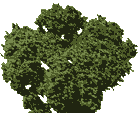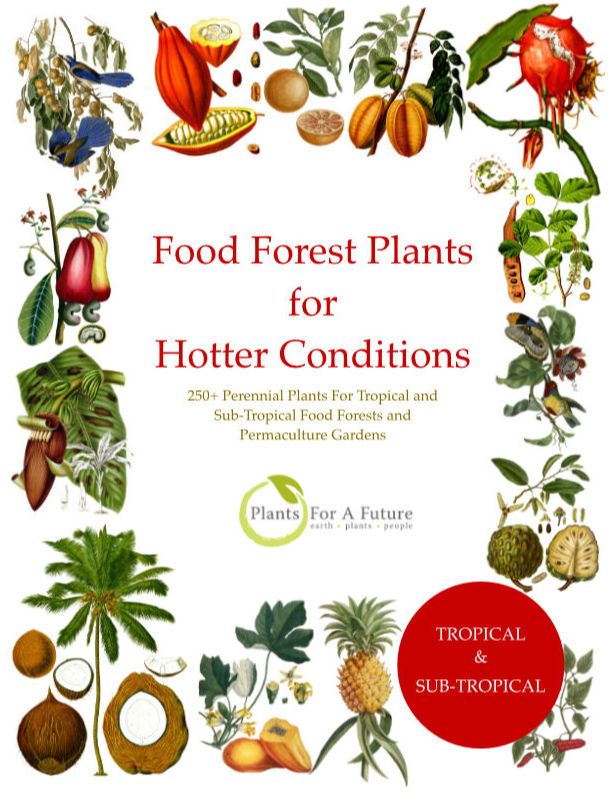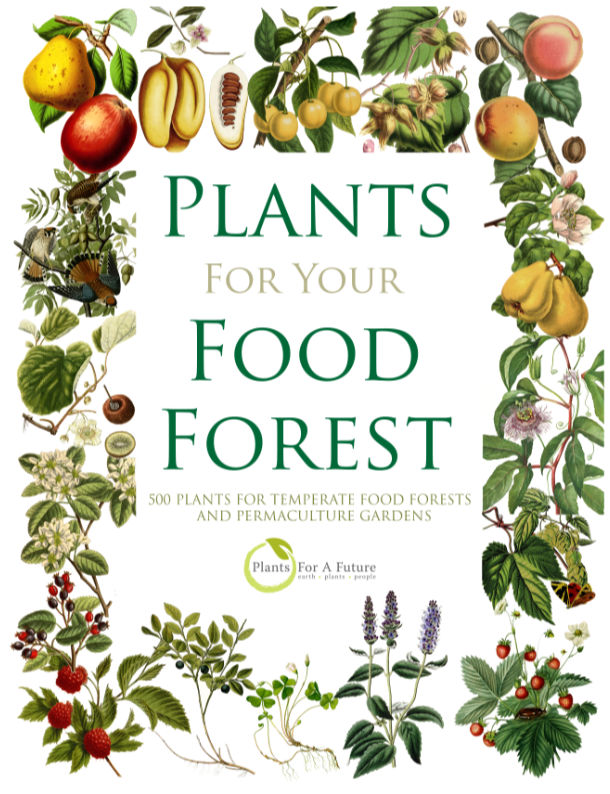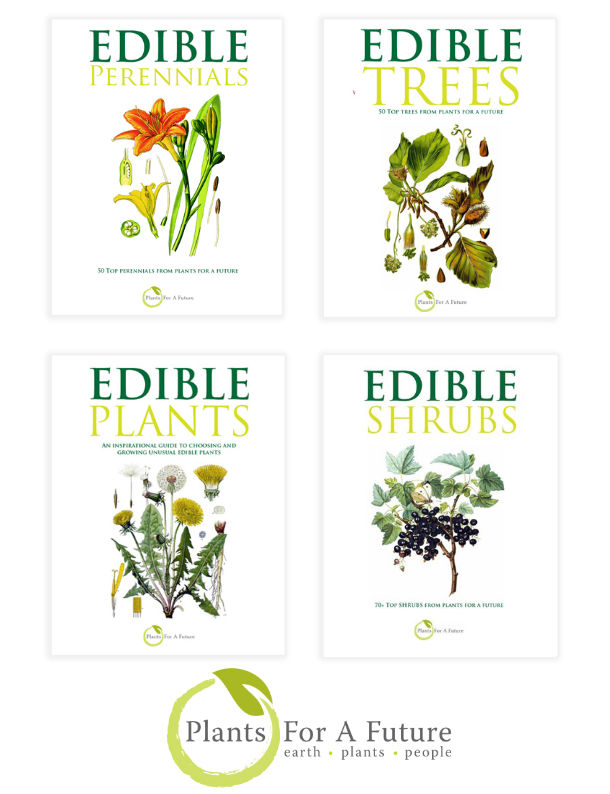Translate this page:
Summary
Skunkbush Sumac (R. trilobata) fruit is eaten fresh, dried, mixed with cornmeal or made into a jam. It is small with very little flesh but produced in reasonably large panicles and so is easily harvested. When soaked for 10 - 30 minutes in hot (but not boiled) or cold water, the fruit makes a refreshing lemonade-like drink. Its Native range is in Western North America, including parts of the southwestern U.S. and Mexico: Arizona, California, Colorado, Nevada, New Mexico, Oklahoma, Texas, and Utah. Bloom Color: Green, Yellow. Main Bloom Time: Late spring, Mid spring. Form: Spreading or horizontal, Upright or erect. Rhus species are hardy, drought-tolerant shrubs or small trees that thrive in dry, hot environments. They tolerate poor, rocky, and well-drained soils and do well in alkaline or slightly acidic soils. Once established, most Rhus species are highly drought-tolerant; they like full sun but tolerate partial shade. Rhus species are excellent for attracting wildlife, including birds drawn to the bright red berries. They also support many pollinators and provide animal habitat.
Physical Characteristics

 Rhus trilobata is a deciduous Shrub growing to 1.8 m (6ft) at a medium rate.
Rhus trilobata is a deciduous Shrub growing to 1.8 m (6ft) at a medium rate.
See above for USDA hardiness. It is hardy to UK zone 3 and is not frost tender. It is in flower in April. The species is dioecious (individual flowers are either male or female, but only one sex is to be found on any one plant so both male and female plants must be grown if seed is required). and is pollinated by Bees. The plant is not self-fertile.
It is noted for attracting wildlife.
Suitable for: light (sandy), medium (loamy) and heavy (clay) soils and prefers well-drained soil. Suitable pH: mildly acid, neutral and basic (mildly alkaline) soils. It cannot grow in the shade. It prefers dry or moist soil.
UK Hardiness Map
US Hardiness Map
Synonyms
R. aromatica trilobata. R. trilobata. Nutt. or Torr.&Gray.
Plant Habitats
Woodland Garden Sunny Edge; Dappled Shade; Cultivated Beds;
Edible Uses
Edible Parts: Fruit Oil
Edible Uses: Drink Oil
Fruit - raw or cooked[62, 85, 92, 94, 95, 149]. The fruit can be eaten fresh, dried, mixed with cornmeal or made into a jam[183]. The fruit is small with very little flesh, but it is produced in fairly large panicles and so is easily harvested. When soaked for 10 - 30 minutes in hot or cold water it makes a very refreshing lemonade-like drink (without any fizz of course)[85, 92, 149, 183]. The mixture should not be boiled since this will release tannic acids and make the drink astringent. The fruit is about 6mm in diameter[200].
References More on Edible Uses
Medicinal Uses
Plants For A Future can not take any responsibility for any adverse effects from the use of plants. Always seek advice from a professional before using a plant medicinally.
Analgesic Antipruritic Astringent Contraceptive Deodorant Deodorant Diuretic Emetic
Haemostatic Odontalgic Oxytoxic Stomachic
Skunk bush was employed medicinally by several native North American Indian tribes, who valued it especially for its astringent qualities and used it to treat a range of complaints[257]. It is little, if at all, used in modern herbalism. Due to its potentially toxic nature, it should be used with some caution and preferably only under the supervision of a qualified practitioner. The fruit is analgesic, astringent and stomachic[257]. It has been eaten as a treatment for stomach problems and grippe[257]. The dried berries have been ground into a powder and dusted onto smallpox pustules[257]. The fruit has been chewed as a treatment for toothache and also used as a mouthwash[257]. A decoction of the fruit has been used as a wash to prevent the hair falling out[257]. The leaves are astringent, diuretic, emetic and haemostatic[257]. An infusion of the leaves has been used in the treatment of head colds[257]. A decoction of the leaves has been drunk to induce impotency as a method of contraception[257]. A poultice of leaves has been used to treat itches[257]. An infusion of the bark has been used as a douche after childbirth[257]. The bark has been chewed, and the juice swallowed, as a treatment for colds and sore gums[257]. A decoction of the root bark has been taken to facilitate easy delivery of the placenta[257]. The roots have been used as a deodorant[257]. The buds have been used on the body as a medicinal deodorant and perfume[257].
References More on Medicinal Uses
The Bookshop: Edible Plant Books
Our Latest books on Perennial Plants For Food Forests and Permaculture Gardens in paperback or digital formats.

Edible Tropical Plants
Food Forest Plants for Hotter Conditions: 250+ Plants For Tropical Food Forests & Permaculture Gardens.
More

Edible Temperate Plants
Plants for Your Food Forest: 500 Plants for Temperate Food Forests & Permaculture Gardens.
More

More Books
PFAF have eight books available in paperback and digital formats. Browse the shop for more information.
Shop Now
Other Uses
Basketry Deodorant Deodorant Dye Mordant Oil Repellent Tannin
Agroforestry uses: Sumac can be used for erosion control, as a nitrogen-fixing plant, and for hedges or borders. Its dense growth habit provides cover and habitat for wildlife. Landscape Uses:Border, Hedge, Massing. The leaves are rich in tannin. They can be collected as they fall in the autumn and used as a black to brown dye or as a mordant[169, 257]. The fruits can also be used as a mordant[257]. A yellow dye is obtained from the twigs[149]. black dye can be obtained when the twigs are mixed with pine gum[257]. A red-brown dye can be made from the bark and leaves[257]. A pink-tan dye can be made from the fruit[257]. The ashes of the plant can be used as a mordant to fix dyes[257]. An oil is extracted from the seeds[4]. It attains a tallow-like consistency on standing and is used to make candles. These burn brilliantly, though they emit a pungent smoke[4]. The roots have been used as a perfume and deodorant[257]. The buds have been used on the body as a medicinal deodorant and perfume[257]. The leaves have been rubbed on the body as an insect and snake repellent[257]. Some caution should be employed here, see the notes above on toxicity[K]. The branches are tough and slender, they are stripped of their bark and split into several strands then used in basket making[46, 92, 94, 95, 149, 257]. 1. Nectary - Flowers rich in nectar and pollen:
Yes – Sumac flowers produce nectar and pollen, attracting pollinators such as bees, wasps, and butterflies.
2. Wildlife - Food (Fruit, Seeds, Leaf litter, Shelter, Nesting, Roosting):
Yes – Sumac provides food for wildlife through its clusters of red, berry-like fruits, which are eaten by birds and small mammals. The dense, shrubby form also offers shelter and nesting sites for birds.
3. Invertebrate Shelter (Overwintering sites, Leaf litter, Groundcover):
Yes – Sumac’s fallen leaf litter provides habitat for invertebrates, and its dense structure can act as shelter for overwintering insects and groundcover.
4. Pest Confuser (Smell):
No – Sumac does not have a strong aromatic smell that is commonly used to confuse or repel pests.
Special Uses
References More on Other Uses
Cultivation details
Succeeds in a well-drained fertile soil in full sun[11, 200], but produces its best fruit when grown close to moist ground[85]. Judging by the plants native habitat it should succeed in dry soils[K]. The young growth in spring can be damaged by late frosts. This species is closely allied to R. aromatica[11]. Plants have brittle branches and these can be broken off in strong winds[200]. Plants are also susceptible to coral spot fungus[11]. Plants in this genus are notably resistant to honey fungus[200]. Many of the species in this genus are highly toxic and can also cause severe irritation to the skin of some people, whilst other species such as this one are not poisonous. It is relatively simple to distinguish which is which, the poisonous species have axillary panicles and smooth fruits whilst non-poisonous species have compound terminal panicles and fruits covered with acid crimson hairs[1, 4]. The toxic species are sometimes separated into their own genus, Toxicodendron, by some botanists[200]. Dioecious. Male and female plants must be grown if seed is required. Special Features: North American native. The berries are typically harvested in late summer to early autumn, around August to September (Northern Hemisphere) when they are fully ripe. Sumac generally flowers in early to mid-summer, usually from June to July (Northern Hemisphere). Sumac species typically grow at a moderate pace, reaching maturity within a few years, and can establish rapidly in suitable conditions.
References Carbon Farming Information and Carbon Sequestration Information
Temperature Converter
Type a value in the Celsius field to convert the value to Fahrenheit:
Fahrenheit:
The PFAF Bookshop
Plants For A Future have a number of books available in paperback and digital form. Book titles include Edible Plants, Edible Perennials, Edible Trees,Edible Shrubs, Woodland Gardening, and Temperate Food Forest Plants. Our new book is Food Forest Plants For Hotter Conditions (Tropical and Sub-Tropical).
Shop Now
Plant Propagation
Seed - best sown in a cold frame as soon as it is ripe. Pre-soak the seed for 24 hours in hot water (starting at a temperature of 80 - 90c and allowing it to cool) prior to sowing in order to leach out any germination inhibitors[200]. This soak water can be drunk and has a delicious lemon-flavour. The stored seed also needs hot water treatment and can be sown in early spring in a cold frame[200]. When they are large enough to handle, prick the seedlings out into individual pots and grow them on in the greenhouse for their first winter. Plant them out into their permanent positions in late spring or early summer, after the last expected frosts. Cuttings of half-ripe wood, 10cm with a heel, July/August in a frame[200]. Root cuttings 4cm long taken in December and potted up vertically in a greenhouse. Good percentage[78, 200]. Suckers in late autumn to winter[200].
Other Names
If available other names are mentioned here
Squawbush, Skunk Bush,
Basketbush, Three Leaf Sumac
Native Range
NORTHERN AMERICA: Canada (Saskatchewan (south), Alberta (south)), United States (Kansas (south), Nebraska, North Dakota (west), Oklahoma, South Dakota (w. & s.), Wisconsin, Colorado, Idaho, Montana, Oregon, Washington, Wyoming, New Mexico, Texas, Arizona, California, Nevada, Utah), Mexico (Baja, Chihuahua, Sonora, Colima, Guanajuato, Hidalgo)
Weed Potential
Right plant wrong place. We are currently updating this section.
Please note that a plant may be invasive in one area but may not in your area so it's worth checking.
Conservation Status
IUCN Red List of Threatened Plants Status :

| Related Plants
|
| Latin Name | Common Name | Habit | Height | Hardiness | Growth | Soil | Shade | Moisture | Edible | Medicinal | Other |
| Rhus ambigua | | Climber | 0.0 |
6-9
| | LMH | SN | M | 0 | 0 | 2 |
| Rhus aromatica | Lemon Sumach, Fragrant sumac | Shrub | 1.2 |
3-9
| S | LMH | N | DM | 4 | 2 | 2 |
| Rhus chinensis | Chinese Gall, Chinese sumac | Tree | 6.0 |
7-10
| | LMH | N | M | 2 | 3 | 2 |
| Rhus copallina | Dwarf Sumach, Winged sumac, Flameleaf Sumac, Winged Sumac, Shining Sumac | Shrub | 2.0 |
4-10
| F | LMH | N | DM | 4 | 2 | 3 |
| Rhus coriaria | Elm-Leaved Sumach, Sicilian sumac | Shrub | 3.0 |
8-11
| M | LMH | N | DM | 2 | 1 | 2 |
| Rhus diversiloba | Western Poison Oak, Pacific poison oak | Shrub | 2.5 |
4-8
| | LMH | N | M | 0 | 2 | 2 |
| Rhus glabra | Smooth Sumach | Shrub | 3.0 |
3-9
| M | LMH | N | DM | 4 | 3 | 3 |
| Rhus integrifolia | Lemonade Berry, Lemonade sumac | Shrub | 2.0 |
8-10
| M | LMH | N | DM | 2 | 0 | 2 |
| Rhus microphylla | Desert Sumach, Littleleaf sumac | Shrub | 2.0 |
8-11
| | LMH | N | D | 2 | 0 | 2 |
| Rhus ovata | Sugar Bush, Sugar sumac | Shrub | 2.0 |
8-11
| | LM | N | DM | 2 | 1 | 2 |
| Rhus potaninii | | Tree | 12.0 |
4-8
| | LMH | N | M | 0 | 2 | 2 |
| Rhus punjabensis | | Tree | 12.0 |
5-9
| | LMH | N | M | 3 | 2 | 2 |
| Rhus punjabensis sinica | | Tree | 12.0 |
5-9
| | LMH | N | M | 3 | 2 | 2 |
| Rhus radicans | Poison Ivy | Climber | 2.5 |
4-8
| F | LMH | N | M | 0 | 1 | 2 |
| Rhus sempervirens | | Shrub | 3.5 |
-
| | LMH | N | DM | 2 | 1 | 2 |
| Rhus succedanea | Wax Tree | Tree | 9.0 |
4-9
| | LMH | N | M | 1 | 2 | 4 |
| Rhus sylvestris | | Tree | 10.0 |
-
| | LMH | N | M | 0 | 0 | 2 |
| Rhus toxicodendron | Eastern Poison Oak | Shrub | 0.6 |
6-9
| | LMH | N | DM | 0 | 2 | 2 |
| Rhus trichocarpa | | Tree | 6.0 |
-
| | LMH | N | M | 0 | 0 | 2 |
| Rhus typhina | Stag's Horn Sumach, Velvet Sumac, Staghorn Sumac | Shrub | 6.0 |
4-8
| F | LMH | N | DM | 4 | 2 | 3 |
| Rhus vernix | Poison Sumach | Shrub | 3.0 |
3-7
| | LMH | N | MWe | 0 | 1 | 2 |
| Rhus virens | Evergreen sumac | Tree | 3.5 |
7-10
| | LMH | N | DM | 2 | 2 | 2 |
| Rhus wallichii | | Tree | 8.0 |
-
| | LMH | N | M | 0 | 1 | 2 |
| Rhus x pulvinata | | Shrub | 3.0 |
0-0
| | LMH | N | DM | 4 | 2 | 2 |
|
Growth: S = slow M = medium F = fast. Soil: L = light (sandy) M = medium H = heavy (clay). pH: A = acid N = neutral B = basic (alkaline). Shade: F = full shade S = semi-shade N = no shade. Moisture: D = dry M = Moist We = wet Wa = water.
Now available:
Food Forest Plants for Mediterranean Conditions
350+ Perennial Plants For Mediterranean and Drier Food Forests and Permaculture Gardens.
[Paperback and eBook]
This is the third in Plants For A Future's series of plant guides for food forests tailored to
specific climate zones. Following volumes on temperate and tropical ecosystems, this book focuses
on species suited to Mediterranean conditions—regions with hot, dry summers and cool, wet winters,
often facing the added challenge of climate change.
Read More
Expert comment
Author
Nutt. ex Torr.&A.Gray.
Botanical References
11200
Links / References
For a list of references used on this page please go here
Readers comment
© 2010, Plants For A Future. Plants For A Future is a charitable company limited by guarantee, registered in England and Wales. Charity No. 1057719, Company No. 3204567.